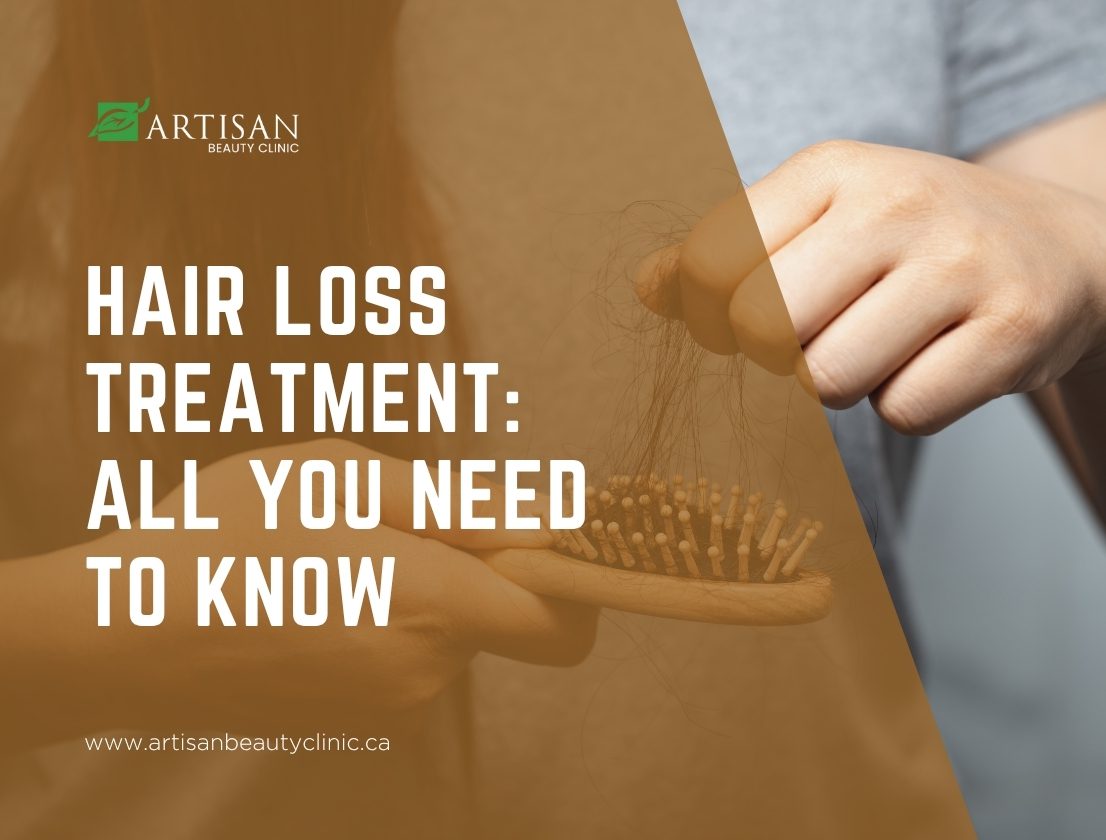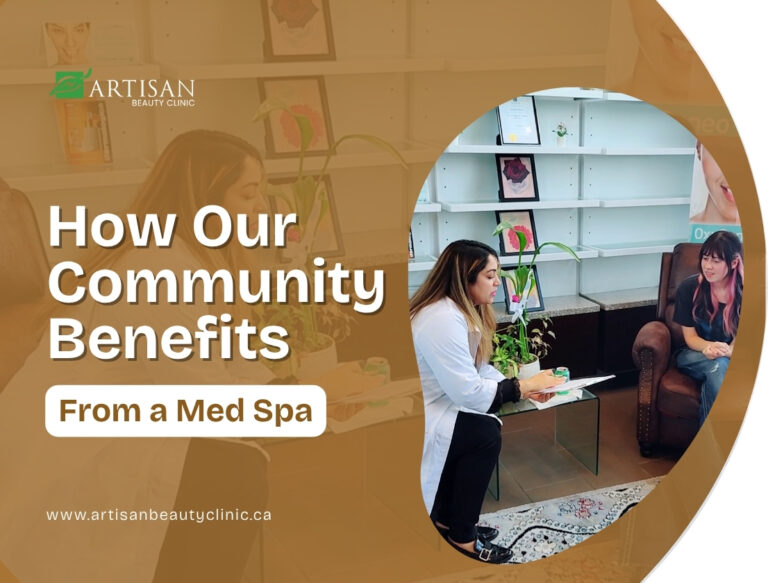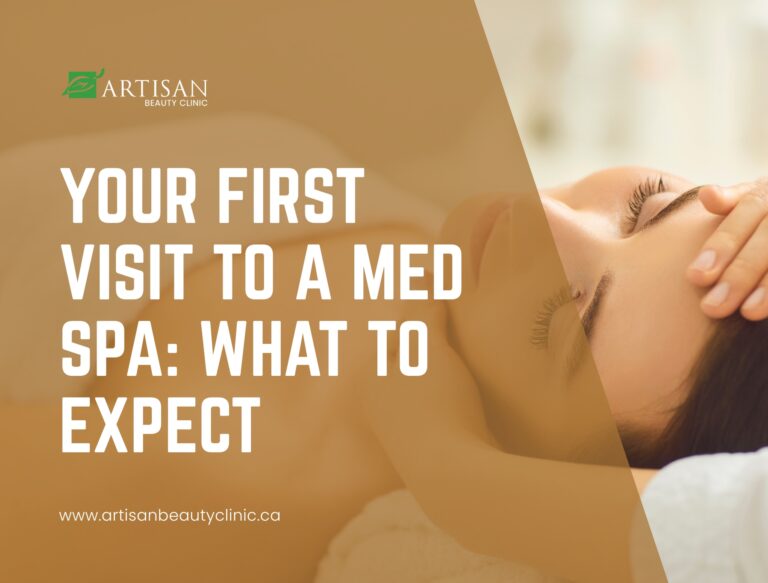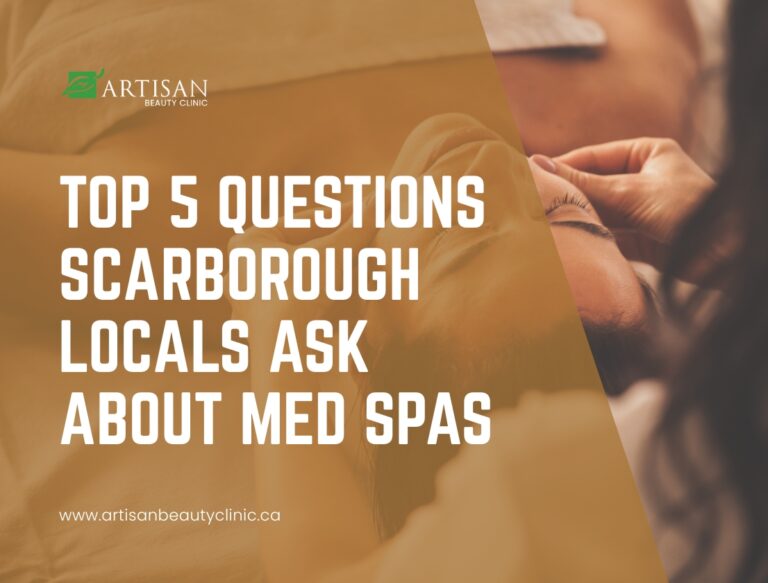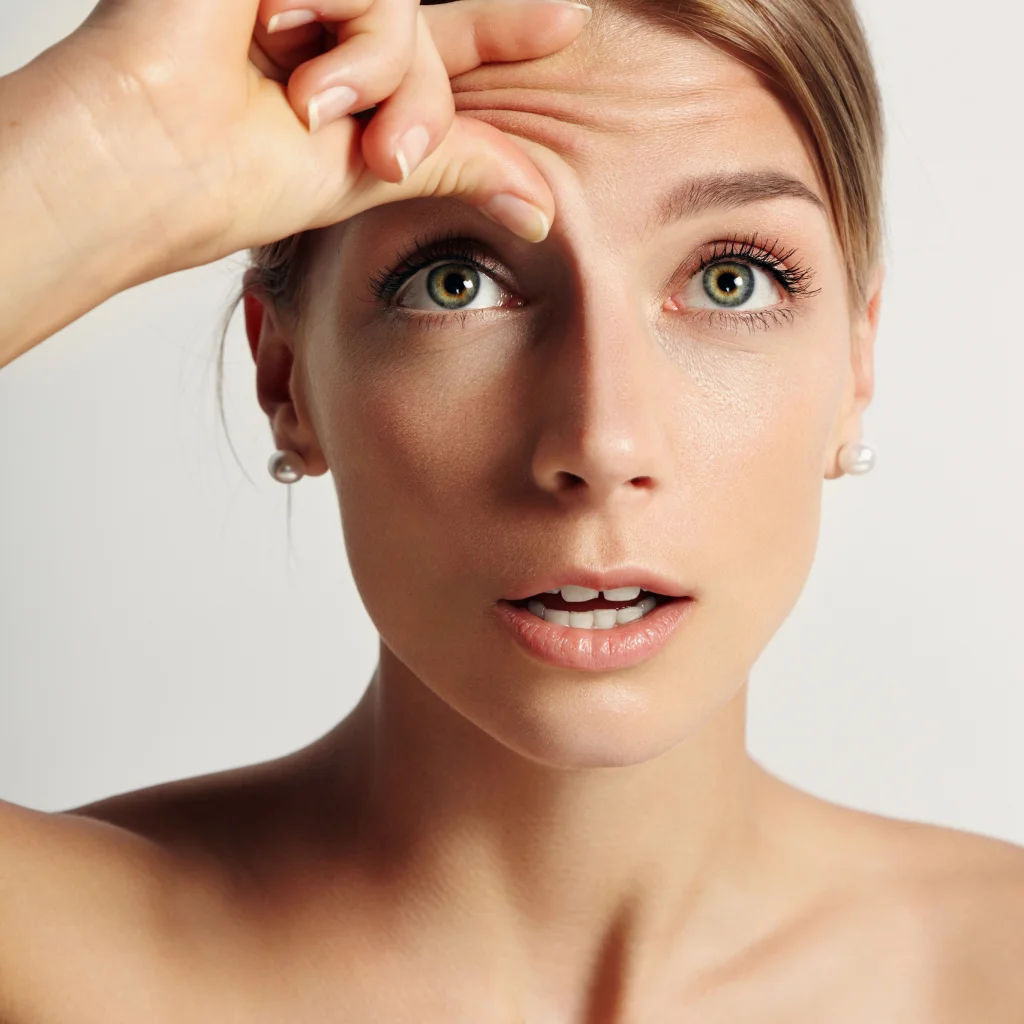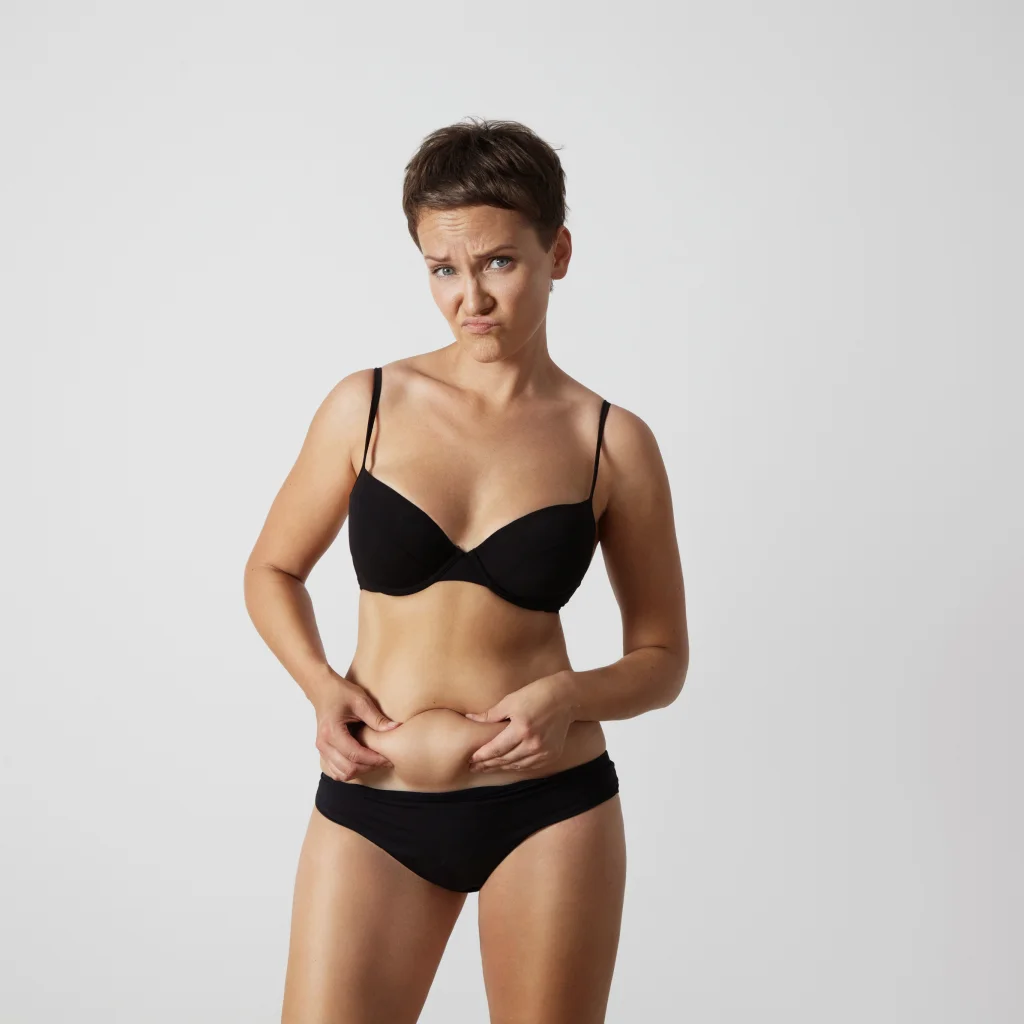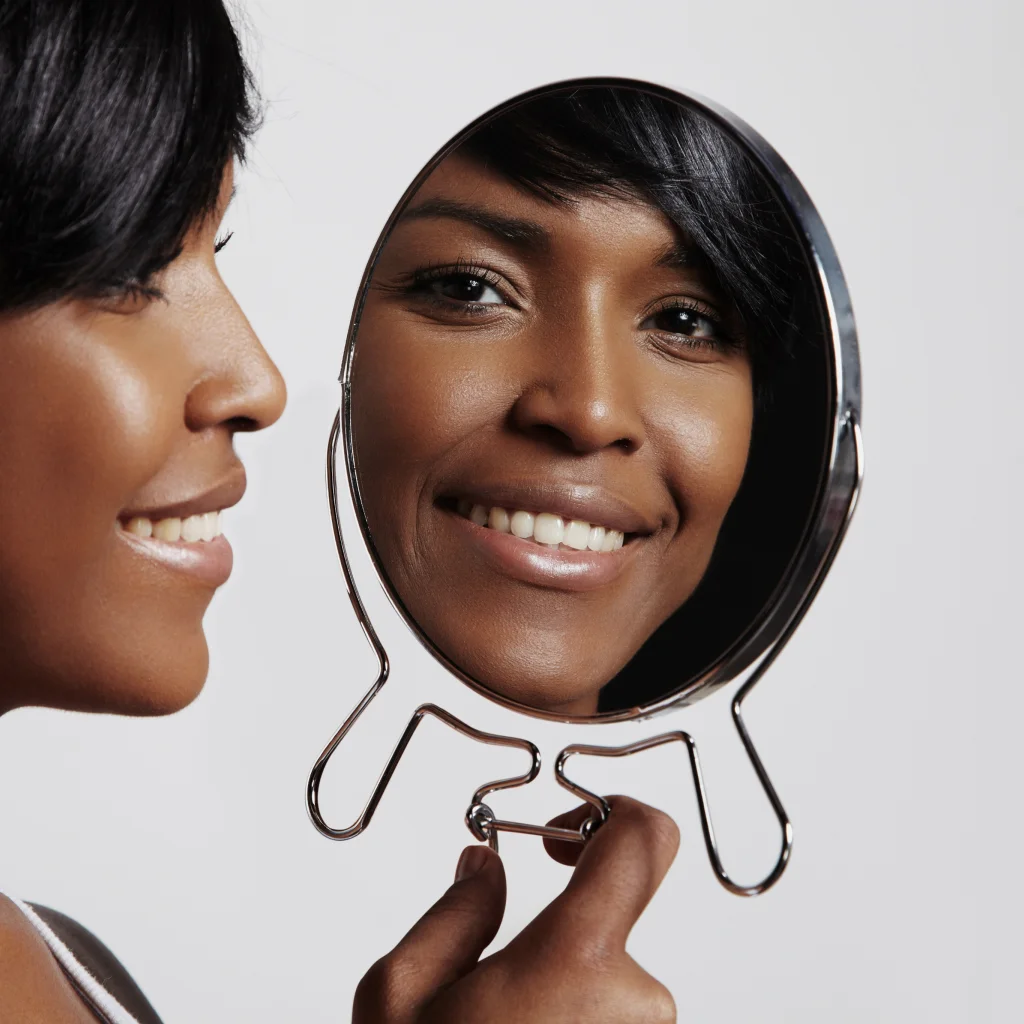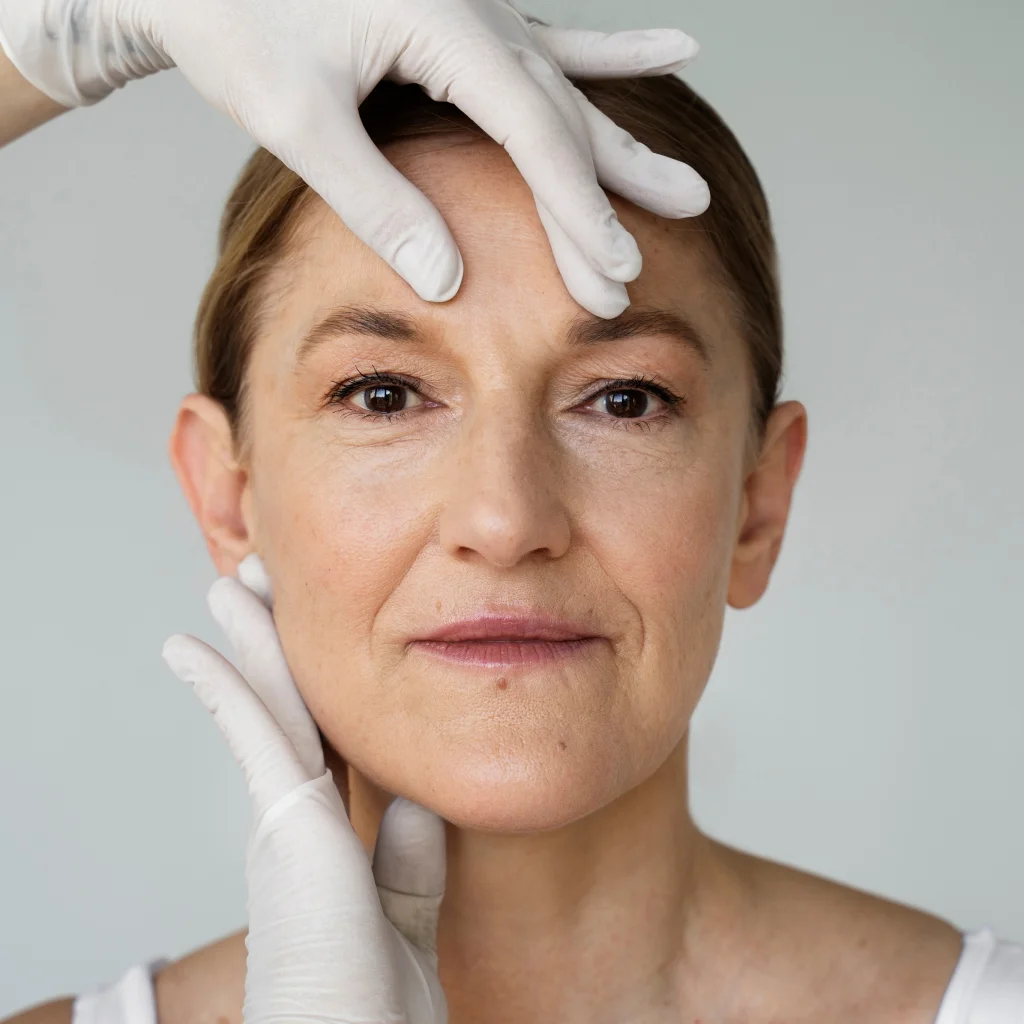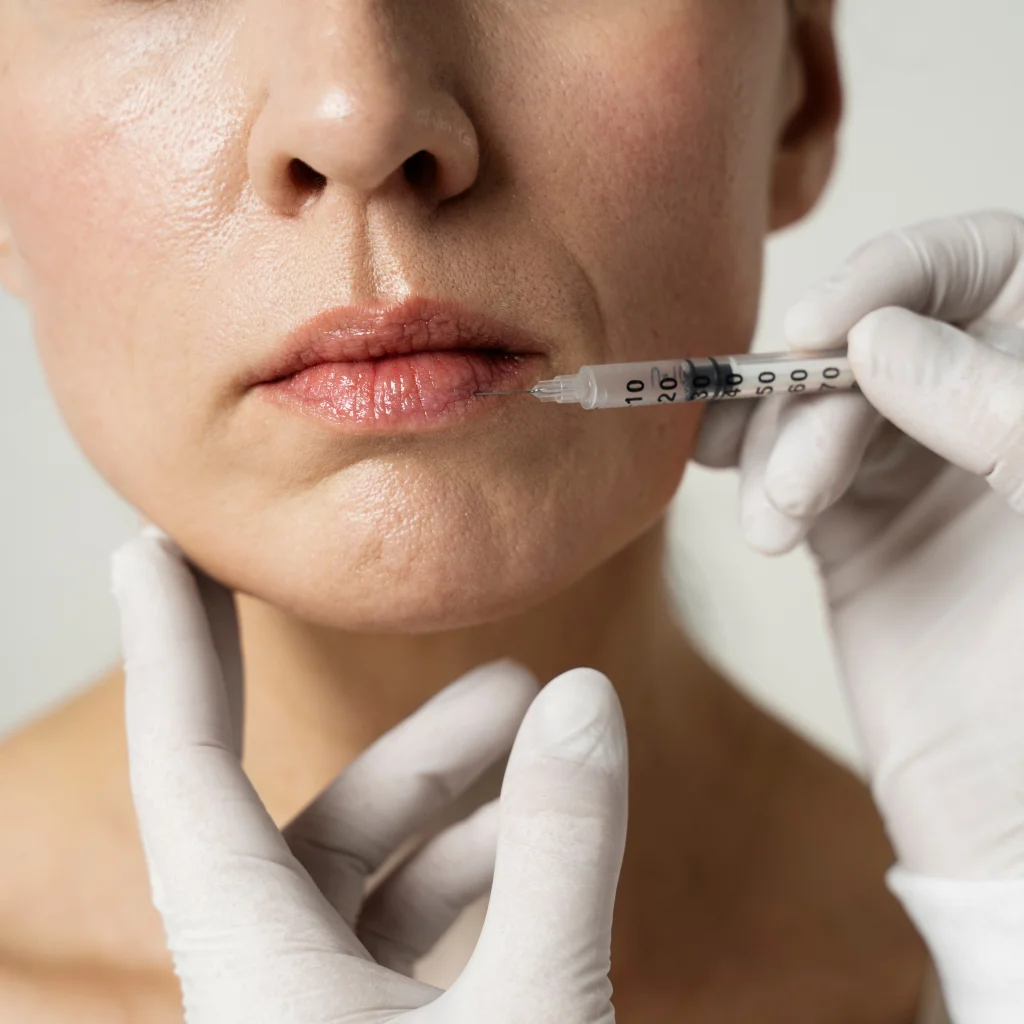Have you been noticing more hair falling out lately? Maybe your hair looks thinner or feels different than before. It can be frustrating, but you’re not the only one going through it. Hair loss happens to a lot of people. Losing a bit of hair every day is normal. Most people shed 50 to 100 …
Have you been noticing more hair falling out lately? Maybe your hair looks thinner or feels different than before. It can be frustrating, but you’re not the only one going through it.
Hair loss happens to a lot of people. Losing a bit of hair every day is normal. Most people shed 50 to 100 strands daily. But when hair isn’t growing back the way it used to, that’s when it becomes a problem.
However, nothing to worry about as science has invented many hair loss treatments . Some options are simple and don’t need strong medicine or surgery.
In this blog, you’ll learn what causes hair loss and what you can do to help manage it without costing. So lets learn the definition of hair loss.
What Is Hair Loss?
Hair loss means you’re losing more hair than usual. Some hair falls out every day, and that’s normal. But when too much falls out and doesn’t grow back, it becomes a problem.
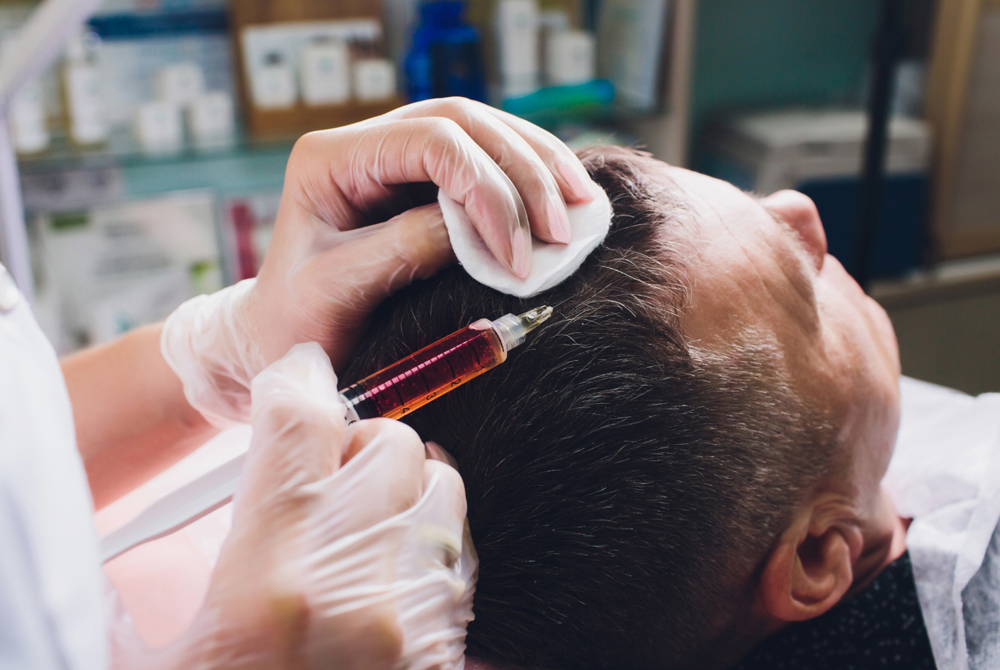
You might see more hair in the shower or on your pillow. You may notice thinning spots or even small bald patches.
Hair loss can happen slowly or all of a sudden. It can be caused by stress, illness, changes in hormones, or certain hairstyles.
Both men and women can have hair loss. It can feel frustrating or upsetting.
The good news is there are ways to treat it. If you start early, it’s easier to slow it down or even grow your hair back.
Common Reasons People Lose Hair
Hair loss can happen for many reasons. Sometimes it’s genetic. Sometimes it’s health-related. And sometimes it comes down to how you care for your hair.
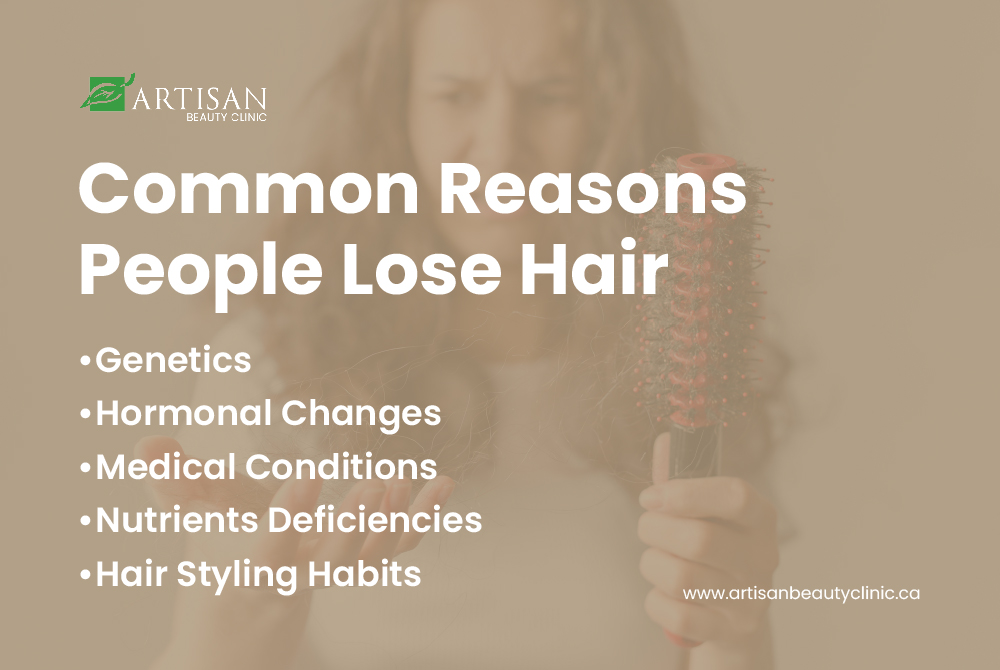
Here are the most common causes:
- Genetics: If baldness runs in the family, you may start seeing early signs in your 20s or 30s.
- Hormonal changes: Things like pregnancy, childbirth, menopause, or thyroid problems can trigger shedding.
- Medical conditions: Autoimmune issues like alopecia areata, or scalp infections, can lead to hair loss.
- Nutrient deficiencies: If you’re low in iron, protein, or certain vitamins, your hair might suffer.
- Hair styling habits: Tight ponytails, braids, harsh coloring, or constant heat styling can all lead to breakage and thinning.
Signs You Should Take Action
Some hair loss is normal. But if you’re noticing these signs, it might be time to look into hair loss treatment options:
- Your hair is falling out faster than it’s growing back.
- You’re losing clumps of hair while brushing or showering.
- You see thinning at the crown, hairline, or temples.
- You notice bald patches or sudden hair loss in certain areas.
- Your scalp is red, itchy, or feels irritated.
Hair Loss Treatment Options That Actually Help
There’s no magic fix, but some hair loss treatments do work when used consistently.
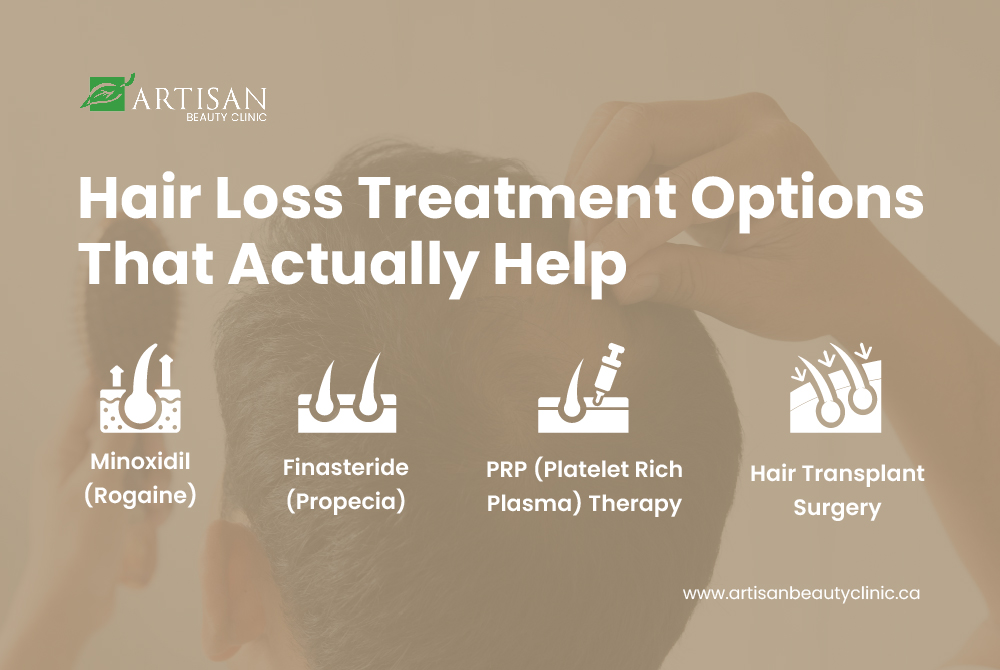
Here are a few of the most trusted options:
1. Minoxidil (Rogaine)
This is a topical product that’s available without a prescription. It is rubbed into the scalp once or twice a day. It helps stimulate the hair follicles and can slow down hair loss. Some people even see regrowth in a few months.
2. Finasteride (Propecia)
This one’s a pill, usually prescribed for men. It works by lowering DHT, a hormone that shrinks hair follicles. Results can take a few months. But it’s one of the most reliable hair loss treatment options out there.
3. PRP (Platelet-Rich Plasma) Therapy
This treatment uses your own blood. A doctor draws a small amount, spins it in a machine to separate the platelets, and then injects it back into your scalp. It sounds intense, but it’s natural and has been helpful for many people.
4. Hair Transplant Surgery
This is more permanent and is usually for people with advanced hair loss. A doctor moves healthy hair from one area of your scalp to another. It is costly, however you will get your expected results.
Eat Better, Grow Better: The Role of Nutrition
Your diet plays a huge role in how your hair grows. If you’re not getting enough nutrients, your hair will show it.
Some key nutrients for hair health:
- Protein: Hair is mostly protein. Without it, your hair weakens and falls out.
- Iron: Low iron is a common cause of hair loss, especially in women.
- Vitamin D: This helps support the hair growth cycle.
- Biotin: Found in eggs, nuts, and seeds; it’s important for hair strength.
- Zinc: Helps repair hair tissue and keeps oil glands working properly.
Eat a variety of whole foods. Leafy greens, berries, fatty fish, eggs, nuts, and seeds are all great choices. If your diet is lacking, a multivitamin may help.
Natural Ways to Support Hair Growth at Home
You don’t always need a prescription or surgery. Some everyday habits and natural oils can support a healthy scalp and stronger hair.
- Scalp massage: A few minutes a day can boost circulation and help nourish hair follicles.
- Coconut oil: It protects the hair shaft, reduces breakage, and keeps hair moisturized.
- Essential oils: Rosemary, peppermint, and pumpkin seed oil have been shown to support hair growth when applied regularly.

- Caffeine shampoos: Some research says caffeine can help stimulate hair roots.
- Laser caps or brushes: These use low-level light therapy. Some people see an increase in hair thickness after consistent use.
These won’t fix major hair loss alone. But as part of your overall hair loss treatment plan, they can make a noticeable difference.
Habits That Help You Keep the Hair You Have
If your hair is thinning, a few small changes in your routine can help prevent further damage.
- Avoid super tight hairstyles like buns or braids that pull on your roots.
- Use heat tools (like straighteners or curling irons) less often.
- Don’t brush your hair when it’s soaking wet—it’s at its weakest then.
- Use a silk or satin pillowcase to reduce friction while you sleep.
- Gently massage shampoo into your scalp—not your hair strands.
- Condition after every wash to keep your hair soft and prevent breakage.
The Cost of Hair Loss Treatment
Hair loss treatment in Canada usually starts around $750 and can go up to $3,000. PRP treatment, a popular option, often costs between $500 and $2,000 per session.
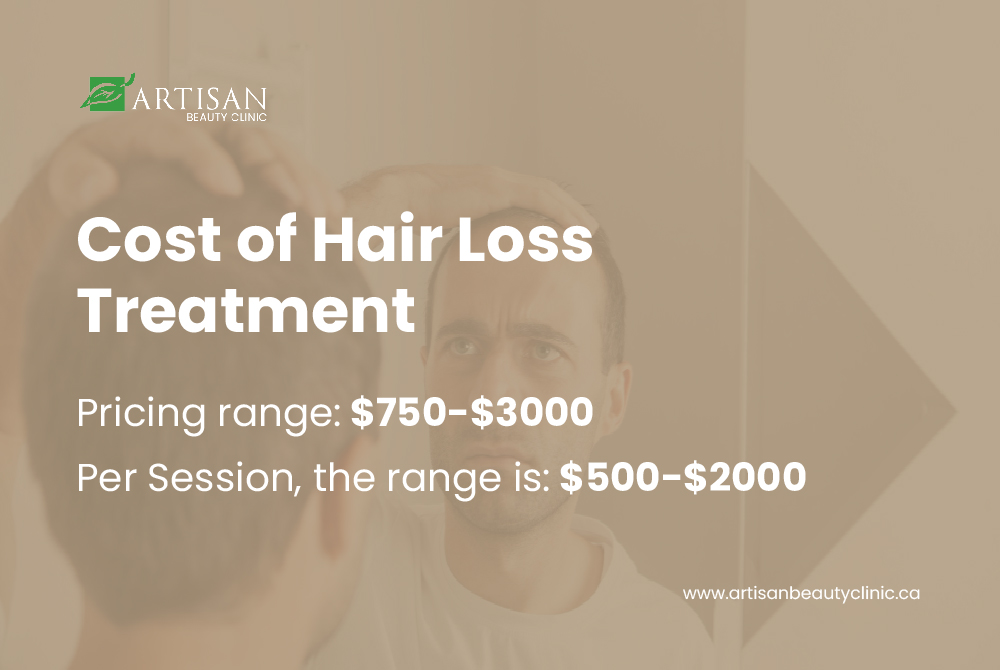
You’ll likely need a few sessions to see results. Many people go back every few months for maintenance.
Prices depend on the clinic, the tools they use, and the experience of the person doing the treatment. Some clinics include everything in the price. Others might charge extra for things like numbing cream or aftercare.
Cheaper options might seem good at first, but they don’t always give the best results. It is a good idea to ask what’s included and choose a clinic you trust.
Wrapping Up on Hair Loss Treatment
Hair loss can feel frustrating and even a little scary. But you’re not stuck with it. There are ways to slow it down, stop it, and even grow some of it back.
Whether it’s using minoxidil, changing your diet, or trying something natural like PRP or scalp massage, the right hair loss treatment depends on what’s causing the problem. The sooner you act, the better your results will be.
You don’t need to figure it all out on your own. If you’re not sure where to start, talk to a dermatologist or you can visit any clinic that offers this treatment.
In Toronto, The Artisan Beauty Clinic offers the best hair loss treatment at an affordable rate. So, book an appointment today to get your service.

